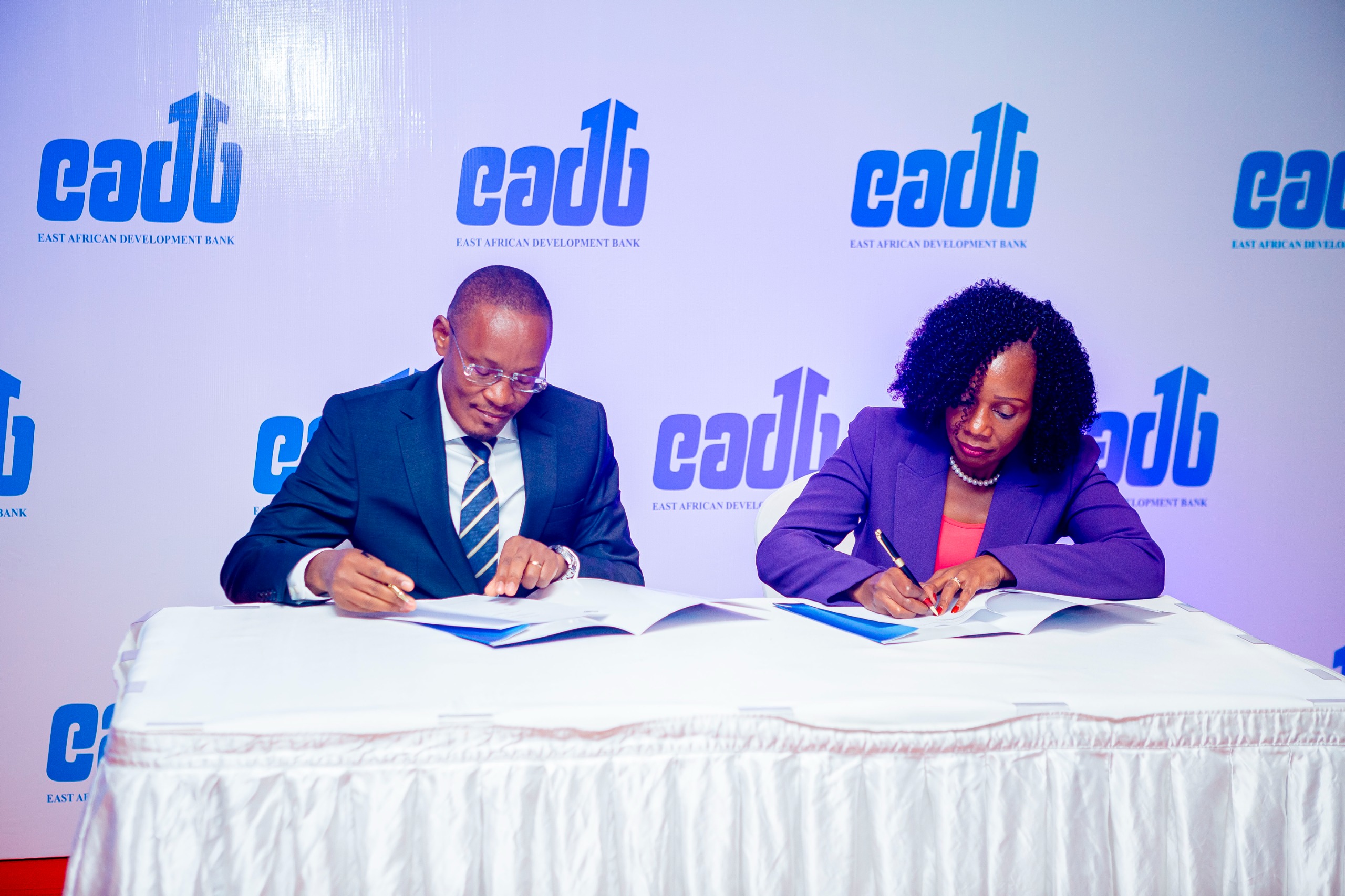
The recent announcement by the East African Development Bank (EADB) to inject TZS 63.2 billion into Tanzania’s financial sector is a timely and welcome step. This critical capital injection, which will support institutions such as TIB Development Bank, Azania Bank, and the Tanzania Mortgage Refinance Company (TMRC), is set to unlock credit for Small and Medium-sized Enterprises (SMEs), expand home financing, and support growth in key sectors like energy, infrastructure, and mining.
Yet, as encouraging as this initiative is, the truth is that the scale of investment Tanzania needs to achieve meaningful transformation is significantly larger.
A Nation of Size, Opportunity, and Urgent Need
Tanzania is one of Africa’s most promising nations. It is also one of its largest. With a landmass of over 945,000 square kilometers, Tanzania is the biggest country in East Africa and presents unique logistical, financial, and infrastructural challenges. Delivering services and financial inclusion across such a vast landscape is no small feat.
Complicating matters is the country’s rapidly growing population, now estimated at over 67 million people in 2025. By 2050, Tanzania’s population is projected to exceed 100 million. This demographic growth is a double-edged sword. If harnessed, it can propel Tanzania into a period of sustained economic prosperity. If ignored, it risks overwhelming the country’s capacity to provide jobs, housing, and access to financial services.
More Investment is Needed to Close Critical Gaps
While the TZS 63.2 billion from EADB is a significant contribution, it remains a fraction of the capital required to address the country’s most pressing challenges.
The Housing Crisis
Tanzania faces a housing deficit of over three million units, with the shortfall increasing by an estimated 200,000 units each year. The TZS 20 billion allocated to TMRC, though helpful, is insufficient to make a substantial dent in the country’s growing need for affordable housing.
The SME Financing Gap
Small and Medium-sized Enterprises are the backbone of Tanzania’s economy, contributing approximately 35% to GDP and employing millions of people. Yet, they remain starved of capital, with the estimated SME credit gap exceeding USD 4 billion. The funds provided through TIB and Azania Bank will offer some relief, but much more is required to empower SMEs to grow, innovate, and generate employment at scale.
Infrastructure and Energy
Tanzania’s energy access and infrastructure development demand investments far beyond the millions currently on offer. Expanding electricity to rural areas, improving transport corridors, and modernizing ports require multi-billion-dollar investments. For example, the World Bank estimates that Tanzania needs to invest over USD 13 billion annually in infrastructure to support its growth ambitions.
The Financial Inclusion Imperative
One of Tanzania’s most persistent challenges is extending financial services to remote and rural areas. According to FINSCOPE Tanzania 2023, approximately 28% of Tanzanian adults remain financially excluded. Despite the success of mobile money services like M-Pesa and Tigo Pesa, the rural financial divide is still wide.
Reaching these underserved populations will require significant investments in digital banking platforms, agent networks, mobile connectivity, and financial literacy initiatives.
More Than Money: Building Financial Literacy
Expanding access to credit is only half the battle. Financial literacy is key to ensuring Tanzanians can make sound financial decisions, manage debt responsibly, and protect themselves from predatory lending.
Without widespread financial education, the benefits of increased financial access could be compromised by misuse, defaults, and deepening financial vulnerability.
A Call for Bigger, Bolder, and Collective Action
Tanzania’s development story cannot rely on isolated interventions or small capital injections. It requires a coordinated, multi-stakeholder strategy.
This must involve:
- Development Finance Institutions (DFIs) working together to pool resources and expand access to affordable capital.
- Commercial banks designing SME-friendly financial products with manageable collateral requirements.
- The Government continuing to build an investment-friendly environment with predictable policies, improved property rights, and efficient regulatory frameworks.
- The Private Sector and International Investors committing to large-scale investments in housing, energy, digital finance, and critical infrastructure.
- Public-Private Partnerships (PPPs) to unlock additional capital for national development priorities.
Tanzania has already proven, through flagship projects like the Standard Gauge Railway and port expansions, that bold partnerships and significant investments can succeed. This approach must now become the national norm, not the exception.
Small Steps Must Now Become Big Leaps
Tanzania stands on the threshold of a generational opportunity. Its young population, rich natural resources, and strategic regional position could fuel unprecedented growth and prosperity.
But realizing this vision requires investments that match the nation’s size, ambition, and demographic momentum. Tanzania needs to move beyond symbolic milestones. It needs large-scale, sustained, and coordinated investments that can truly transform its economy.
The EADB’s contribution is valuable—but it must serve as the spark that ignites a much larger, unstoppable movement towards inclusive growth, financial empowerment, and national transformation.
Without this, we risk building momentum that will not be strong enough to carry the weight of our national dreams.
